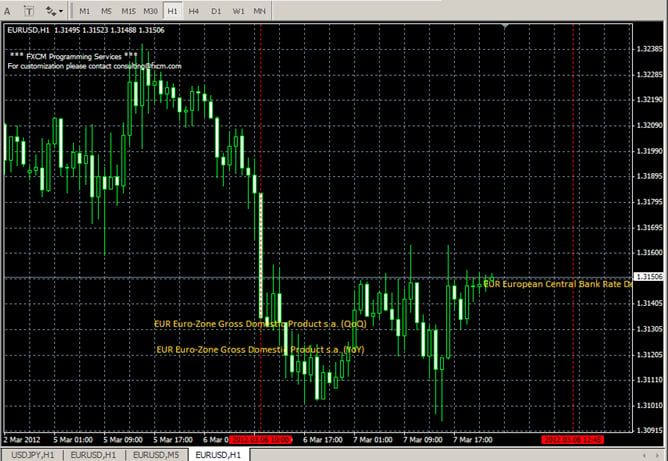Jason Rogers
Senior member
- Messages
- 2,772
- Likes
- 93
Gold, Silver Drop Most in Over 2 Months on Bernanke Stimulus Silence
Bernanke testimony in Congress makes no mention of further easing > Markets had been pricing in some sort of additional stimulus > Gold and silver plummet
Gold and silver posted their biggest intraday drops in over two-and-a-half months as Federal Reserve Chairman Ben Bernanke dampened expectations for further monetary stimulus and pushed the USD higher. As of 18:11 GMT, spot gold was down by 3.32 percent at $1,724.77 and spot silver was down 4.77 percent at $35.14. For both commodities, this was the steepest drop since December 14.
In his semi-annual testimony before Congress, Bernanke provided no hints as to additional measures that the Fed could undertake to stimulate economic activity in the United States. While maintaining that the situation remains “far from normal,” the Fed chairman noted improvements in terms of unemployment, which fell to a three-year low of 8.3 percent in January. Further adding to the case that the economic recovery is gaining momentum without need for additional stimulus, US GDP growth for the 4th quarter was revised up to a 3.0 percent annualized rate from 2.8 percent. At the same time, Bernanke added that the Fed’s pledge to keep interest rates low until late 2014 was “conditional” upon econnomic developments.
Bernanke testimony in Congress makes no mention of further easing > Markets had been pricing in some sort of additional stimulus > Gold and silver plummet
Gold and silver posted their biggest intraday drops in over two-and-a-half months as Federal Reserve Chairman Ben Bernanke dampened expectations for further monetary stimulus and pushed the USD higher. As of 18:11 GMT, spot gold was down by 3.32 percent at $1,724.77 and spot silver was down 4.77 percent at $35.14. For both commodities, this was the steepest drop since December 14.
Gold

Silver


Silver

In his semi-annual testimony before Congress, Bernanke provided no hints as to additional measures that the Fed could undertake to stimulate economic activity in the United States. While maintaining that the situation remains “far from normal,” the Fed chairman noted improvements in terms of unemployment, which fell to a three-year low of 8.3 percent in January. Further adding to the case that the economic recovery is gaining momentum without need for additional stimulus, US GDP growth for the 4th quarter was revised up to a 3.0 percent annualized rate from 2.8 percent. At the same time, Bernanke added that the Fed’s pledge to keep interest rates low until late 2014 was “conditional” upon econnomic developments.





























